Have you ever set out to make a big purchase like a washing machine (TV, car, computer), only to discover that you don’t know enough about the two options to make an informed decision?
Chances are you’ve been there. You’ve been standing on the sales floor of your local appliance dealer in front of two beautiful new washing machines trying to decide between them. At first glance, they look so similar. Same shape, size, and color. But are they the same? No! Once you come in for closer analysis and comparison, you start understanding the differences.
Well, our students aren’t shopping for appliances 😆, but close analysis and comparison are important lenses for helping them more deeply understand a specific phonics pattern.
On Day 3 of our Explicit Phonics Lesson Template, we offer a routine to help students become more keenly aware of the differences between two spelling patterns. The Spelling Comparison routine gives students the opportunity to analyze two spelling patterns by comparing and contrasting them. And this task is less expensive (and probably more fun) than buying an appliance!
The Spelling Comparison Routine provides spelling practice with words that align to two contrasting patterns. Spelling Comparisons are another high-leverage routine, providing students practice with a WIDE array of skills, including segmenting, blending, AND writing.
So, let’s explore this final, power-packed routine to help your students strengthen their phonics skills!
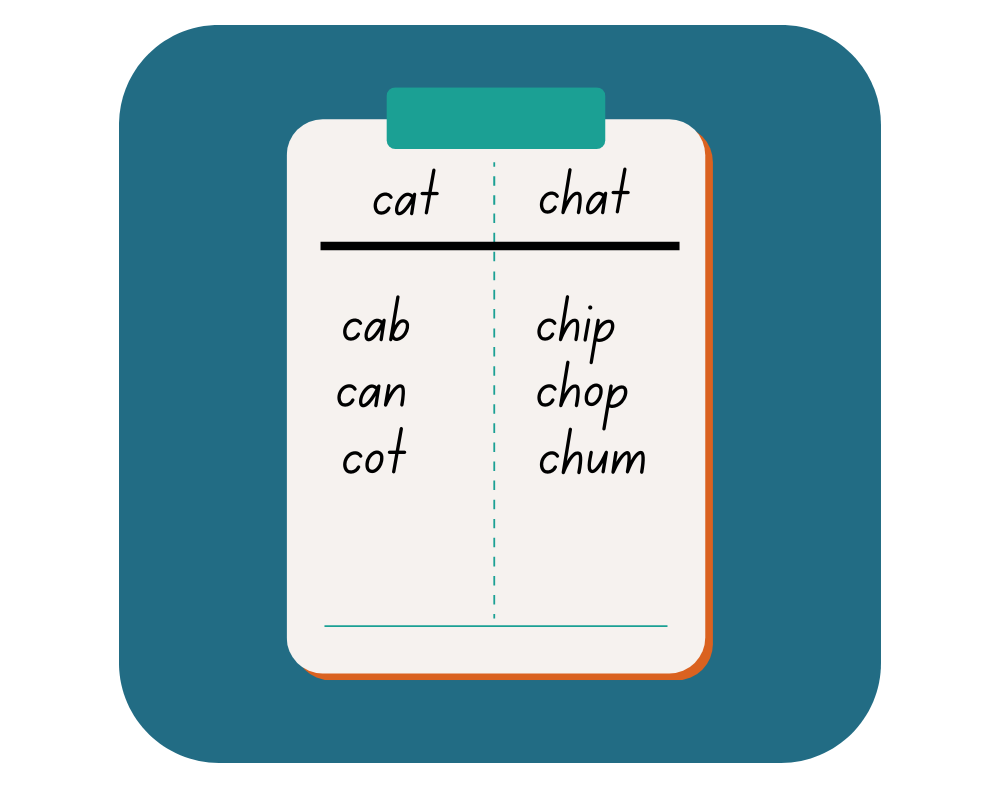
During the Spelling Comparison Routine, you will select two keywords, one to represent each spelling pattern. Then dictate additional words to students, having them use a T-chart to compare the new words to the keywords.
1. First, introduce the task to your students. It’s important that they know both what the work is and that it will help them grow as readers and writers!
2. Make a T-chart on a whiteboard or chart paper and write the two comparison words at the top. Have students duplicate your T-chart, including the words. We love the functionality of whiteboards so students can easily erase and revise their work. But you can also tuck a paper T-chart template into a plastic sheet protector or even have students do the work in a word study notebook.
3. Next, dictate a word that fits one of the two patterns and define it. Then, ask students to compare the new word to the keywords at the top of the chart, actively listening to the sounds and considering what they know about spelling patterns. This will help them decide which of the two comparison words contains the same sound-spelling patterns. Students will write the new word in the appropriate column of the T-Chart.
Doing this work requires that students’ phonological and orthographic processing systems get involved as they segment, isolate the target sound-spelling, and compare the new word’s phonemes and graphemes to the keyword.
If your students are unfamiliar with this routine or need a model, you can dictate the first word and demonstrate the decision-making process aloud. Then, dictate the second word providing support as needed while they develop an understanding of the task.
4. Observe students as they write the new word on their T-charts. Do they have it in the correct column? Have they spelled it correctly? Provide feedback as they work to write the new word. With each new word that is added to a list, engage the whole group in reading both columns in unison.
*Repeat steps #1 – #4 with a new word. Continue the process for five-eight words.
5. Finally, your students will be ready to reread the list of dictated words on their own. Rereading gives your students independent blending practice. And all this mapping of the sound-spelling connections will help them build automaticity and confidence. This last step also lends itself to partner practice.
Before starting this power routine, you will want to make THREE choices:
1. Which spelling patterns will your students compare?
One should be the CURRENT spelling pattern (/ch/ spelled CH), and one should be a review pattern that is somehow similar (/k/ spelled C). The table below shows examples.

2. Which words will you ask children to compare?
You will need 2-4 words for each pattern, presented in mixed order. When selecting words for comparison, select words that students can spell using concepts you explicitly taught.
3. Which part(s) of the words will you compare?
In the example above, students compare the first sound in words. However, depending on your students’ proficiency with phonemic awareness, you could ask them to listen to and compare the ending or the middle of the word, as illustrated in the table above.
You’ve got tools for this!
Our word list downloads have MANY word lists for you to use to save time planning!
(HINT: Clicking the image above will bring you to our downloads page, where you can access these resources and others, including our Explicit Phonics Lesson Template!)
And now you have it! Another POWER practice routine to support students when using our Explicit Phonics Lesson Template.
Explore our 8-part blog series “Using our Flexible Phonics Lesson Template.”👇
Using Our Flexible Phonics Lesson Template (Part 1): An Introduction
Using Our Flexible Phonics Lesson Template (Part 2): The Phonemic Awareness Warm-up
Using Our Flexible Phonics Lesson Template (Part 3): Explicit Skills Practice
Using Our Flexible Phonics Lesson Template (Part 4): Blending Words
Using Our Flexible Phonics Lesson Template (Part 5): Writing
Using Our Flexible Phonics Lesson Template (Part 6): Reading Text
Using our Flexible Phonics Lesson Template (Part 7): Word Chains
Using our Flexible Phonics Lesson Template (Part 8): Spelling Comparisons
-

Jan Burkins and Kari Yates are authors, speakers, and consultants, who are dedicated to helping teachers around the world translate reading science into simple instructional moves that help teachers make learning to read easier for their students while still centering meaning-making, engagement, and joy.
Recent Posts

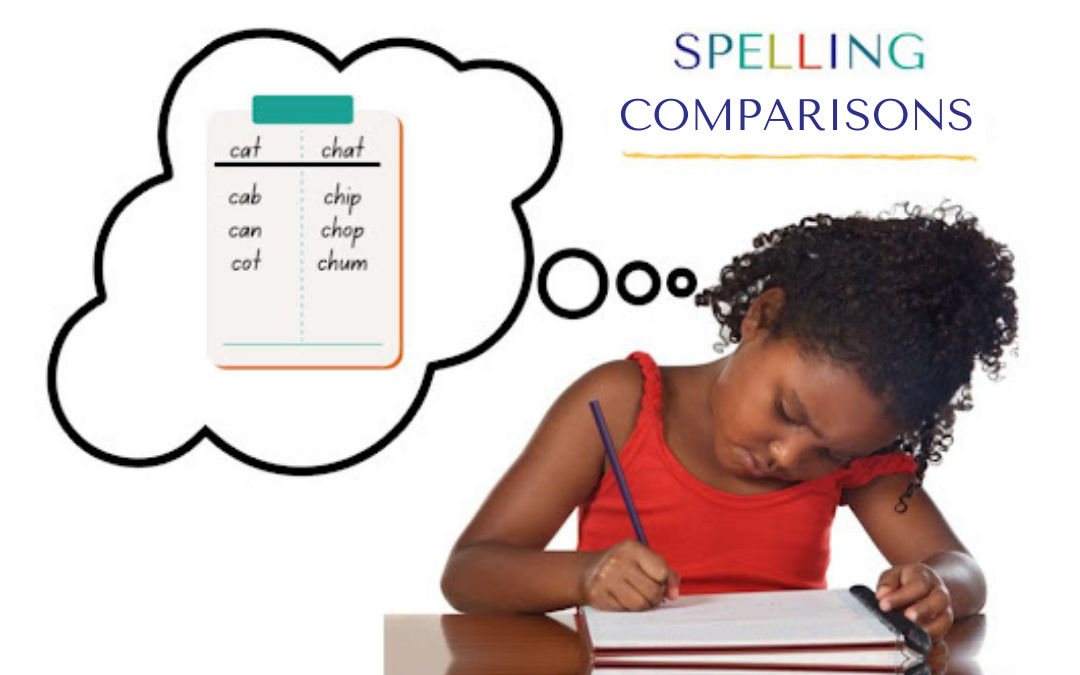
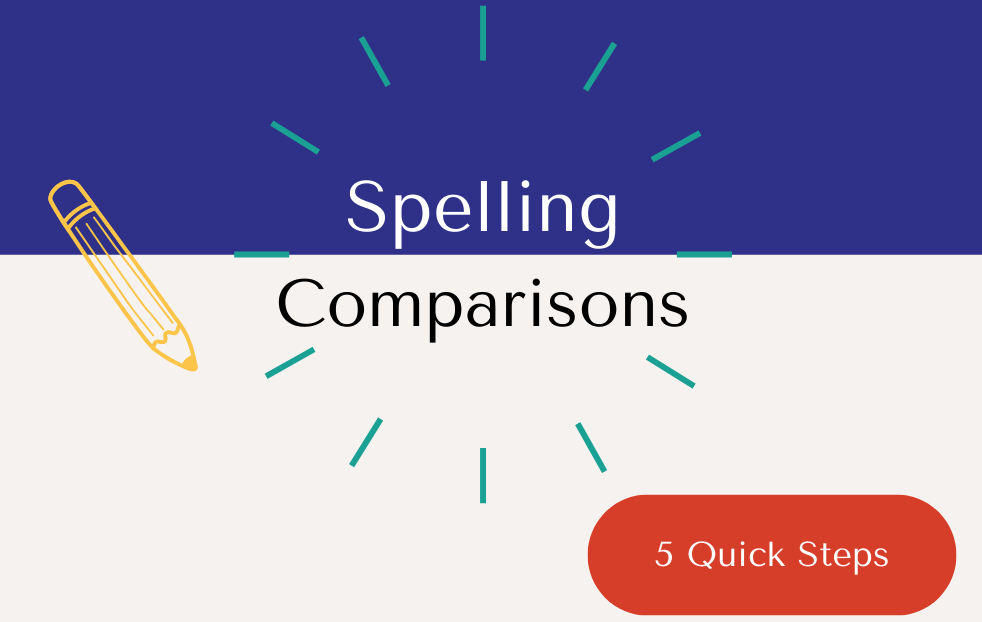
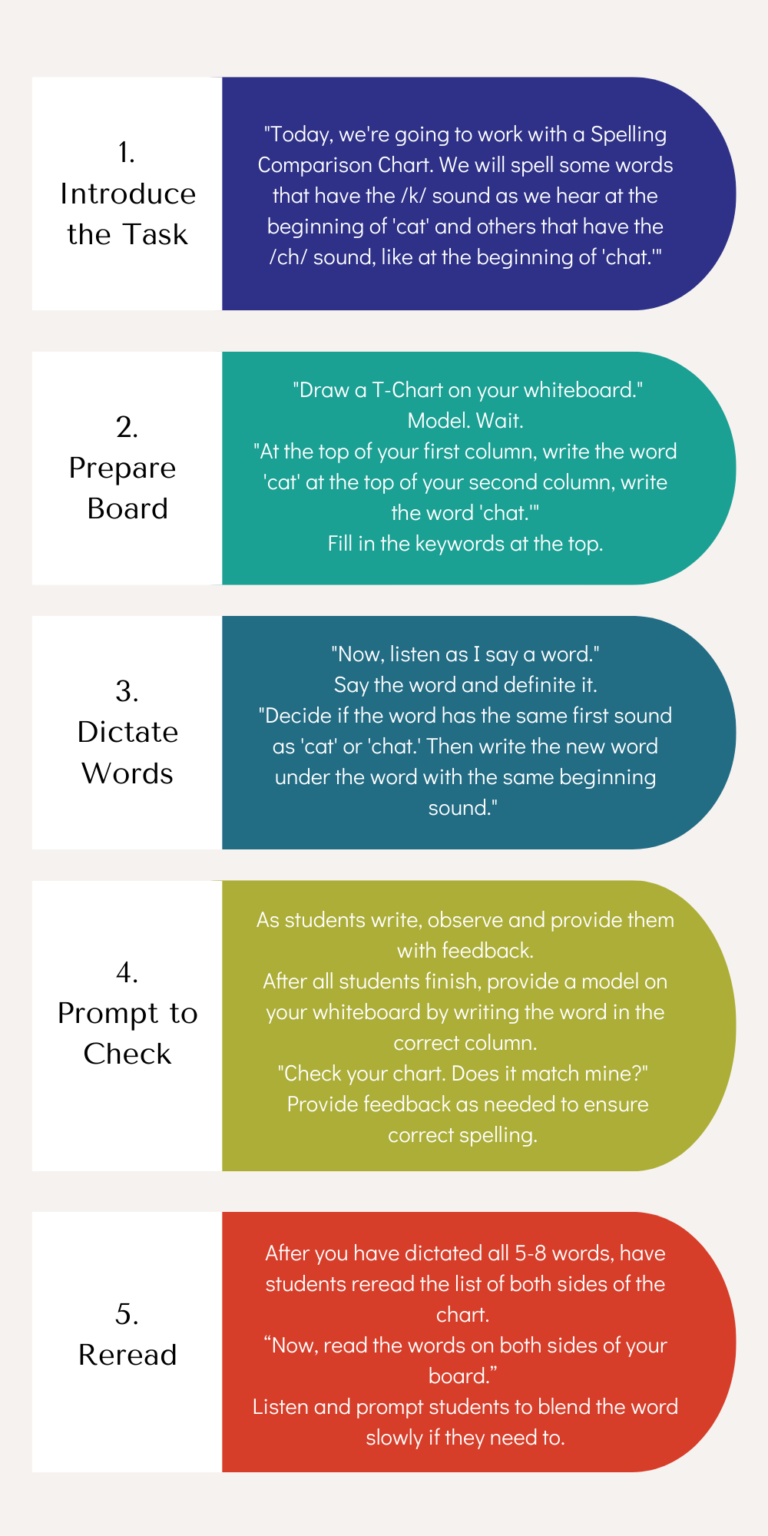
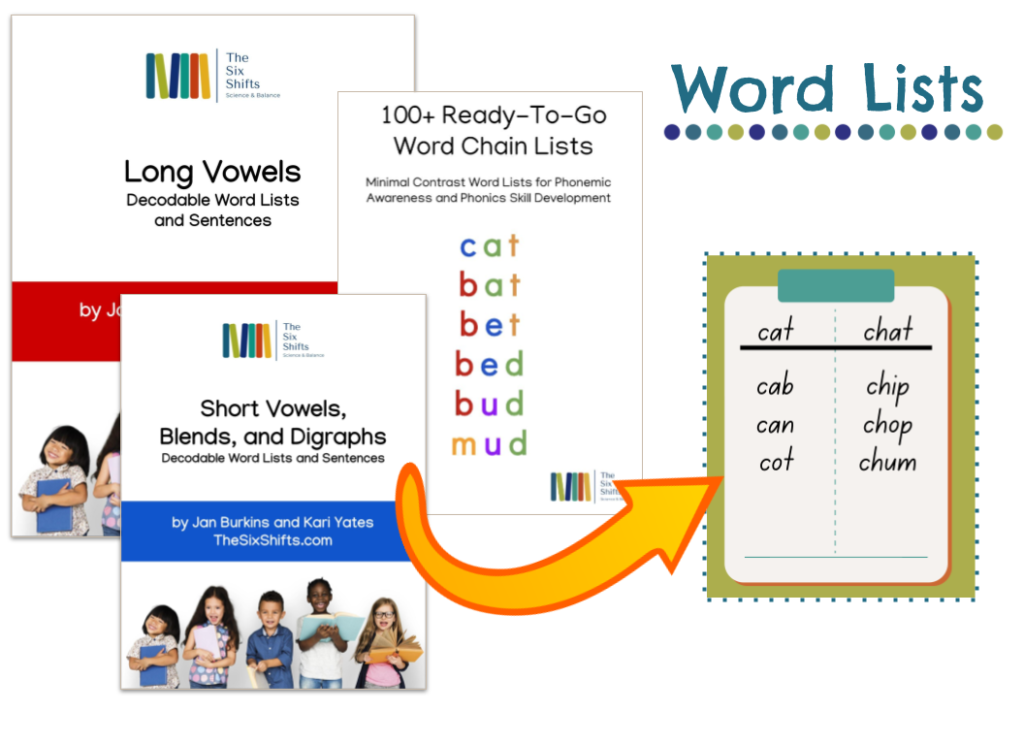
Thank you so much for your lessons and activities. I have been teaching for 30 years and your lessons have improved my instruction more than any curriculum. The solid research base provides a foundation each step. The lessons are sustainable and engaging for the students. Thank you for sharing your expertise!
We’re so glad to hear it. Happy teaching!
Thanks for yet another fabulous strategy that is sure to maximize the limited time that I have with my kids as an interventionist! Looking forward to trying “spelling comparisons” with my cuties!
Please, keep us posted. We’d love to hear how these procedures work for you and your students.
Thank you for all your dedicated work in helping our teachers shift their thinking and their responses to themselves and to others. Your model of explicit instruction with explicit language will help so many teachers take a leap of faith to try your work in their classrooms and keep coming back for more. Bravo!
Thanks, Suzanne. We’re all in this together. And our goal is to build bridges to make this work easier for teachers so that we can all make learning to read easier for children.